Like said, I was surprised how well the minimalistic kite flew. But please don’t get me wrong. It’s quite different from a more normal QLK, no surprise.
But I think there are a few things I can do that will improve the flying.
First I’d like to take a closer look at the band that follows the leading edge. As you can see in the photo below, this band is blown away (backwards) from the leading edge between the two down spars. This surely means less lift.
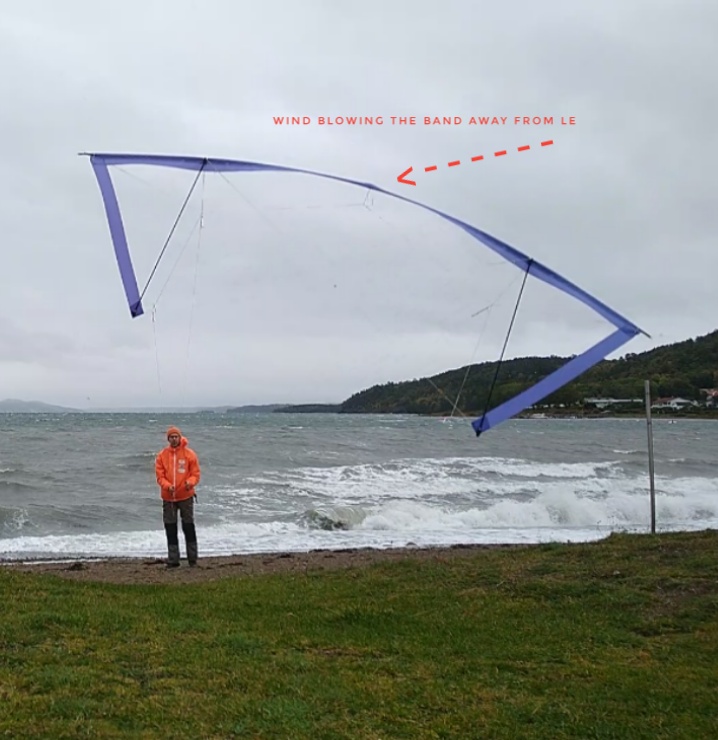
I could not get the kite to do an inverted hover and fixing this issue might remedy that, or at least take things in the right direction.
And I have an idea of what to do. I will make a pocket, about 30cm long just at the centre of the leading edge band. Into this pocket, I will put a 2mm end-capped glass fibre rod as a ‘sail’ batten.
Then I’ll cut an opening precisely at the centre of the pocket so that the glass fibre spar becomes visible. I’ll attach one end of a (very) short string to the rod and the other end of the string to the short bridle leg that’s connected to the leading edge.
My theory is that when the bridle goes tight, this short string will go tight simultaneously and because it’s attached to the glass fibre rod, this will prevent the leading edge band being blown flat!
Hard to describe using words, this one, so here are a few photos to clear things up!
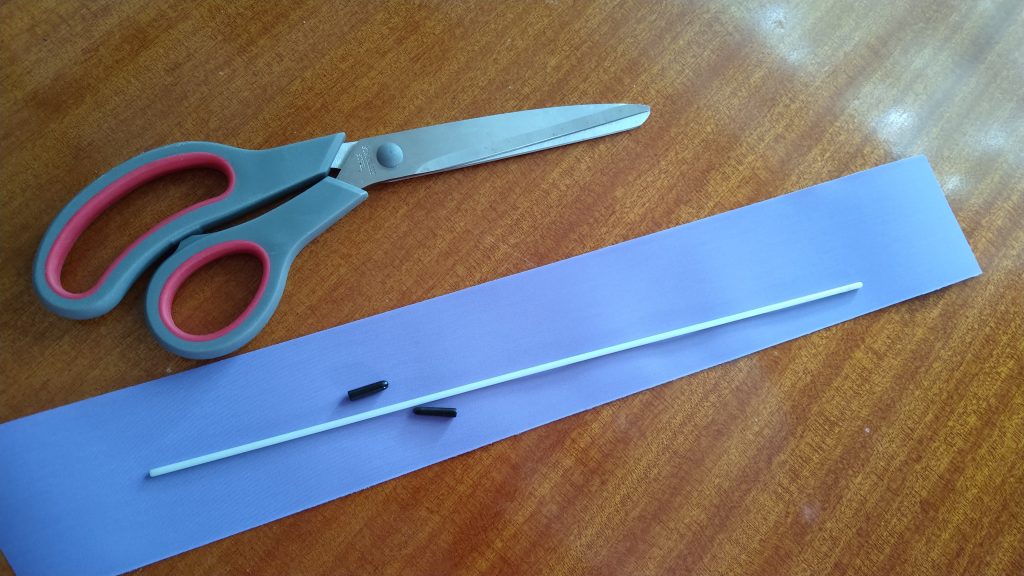
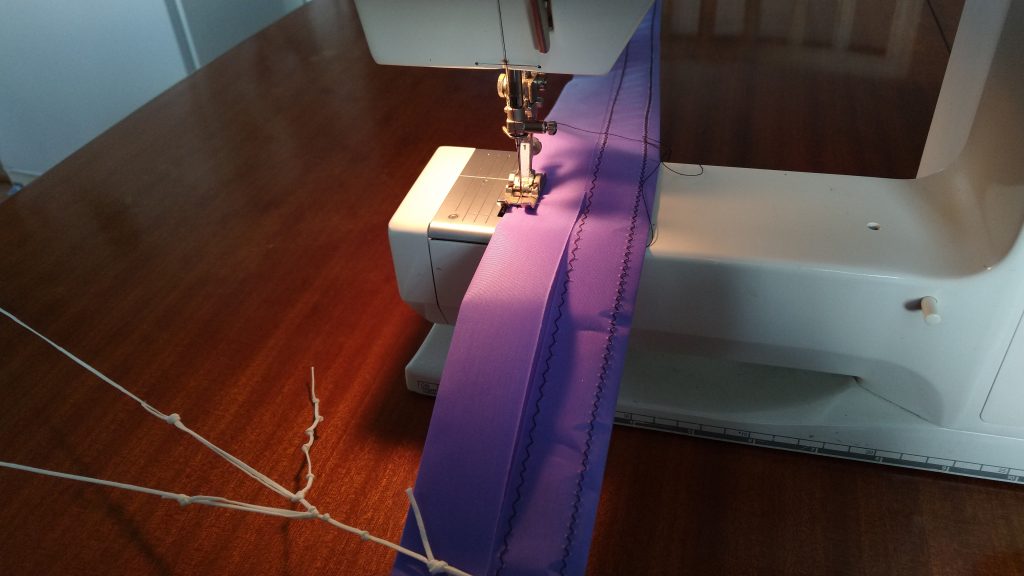
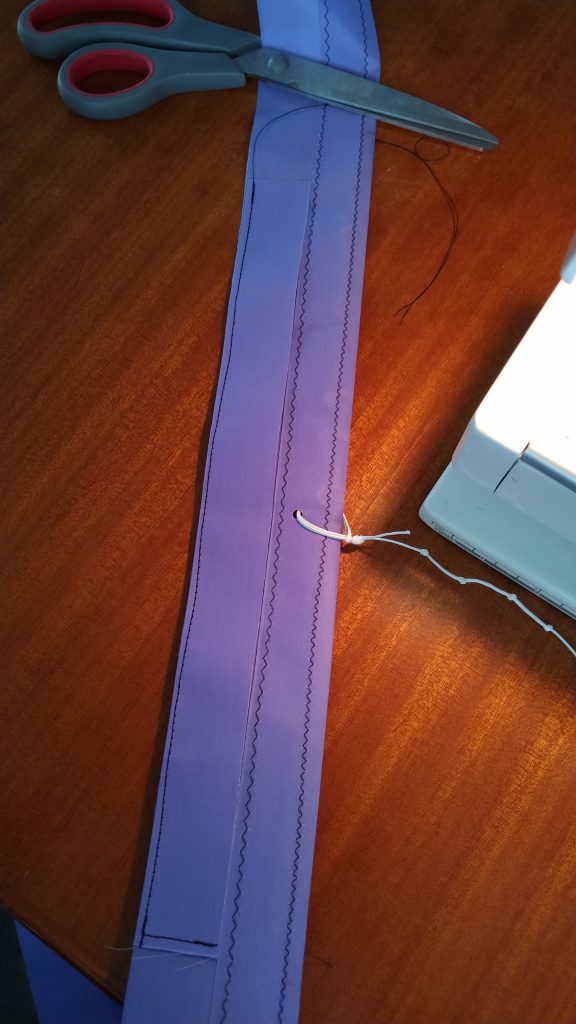
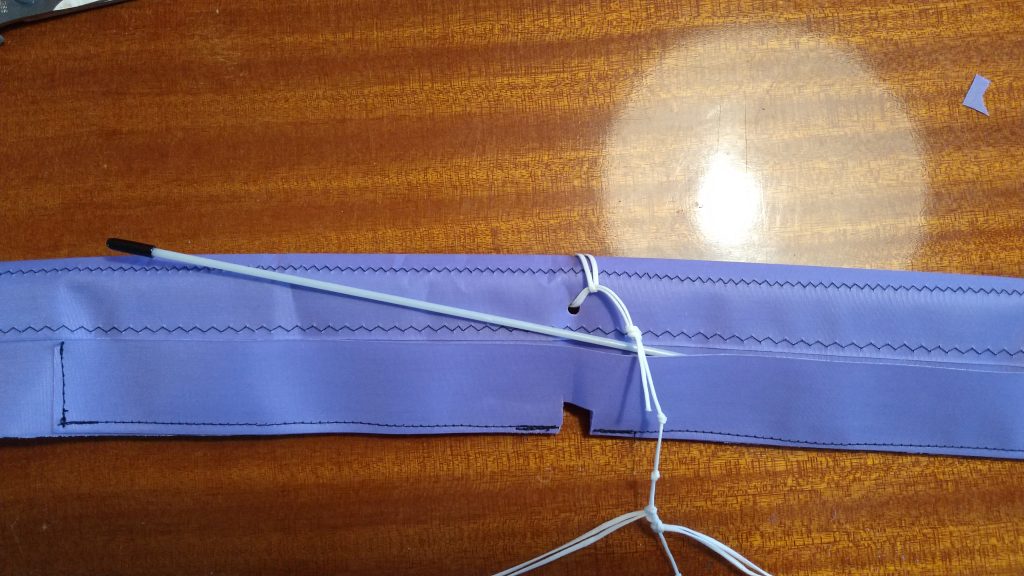
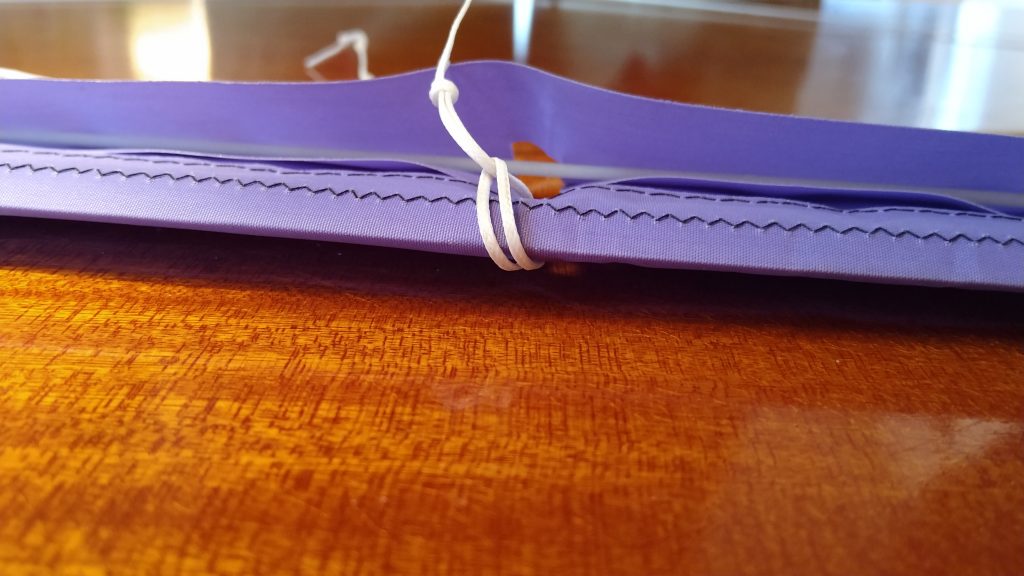

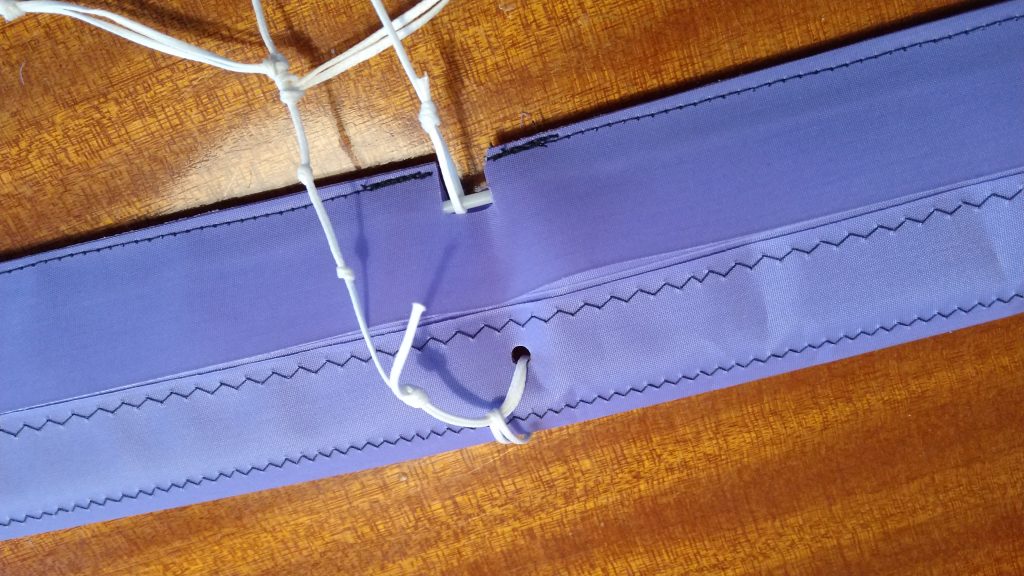

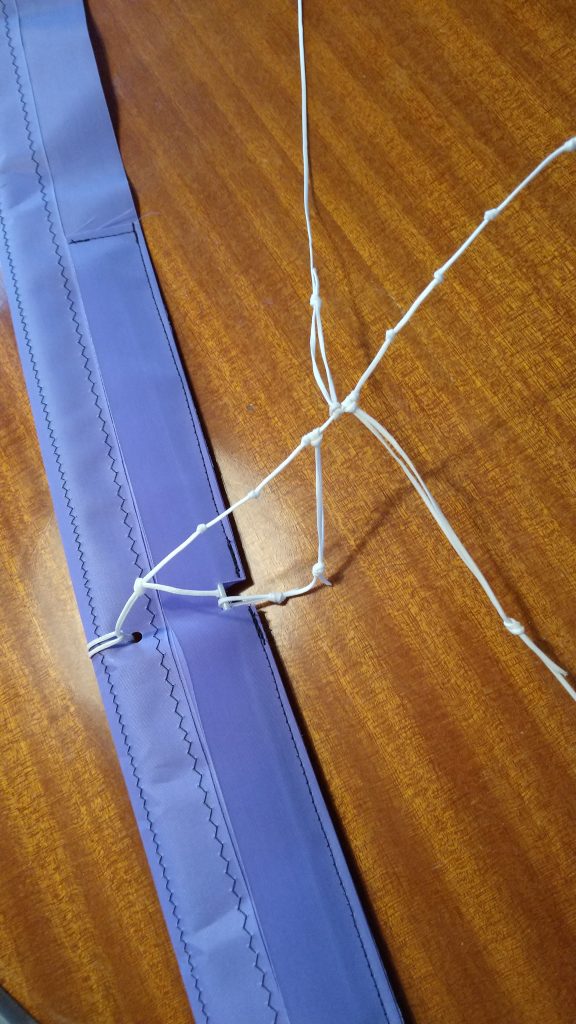
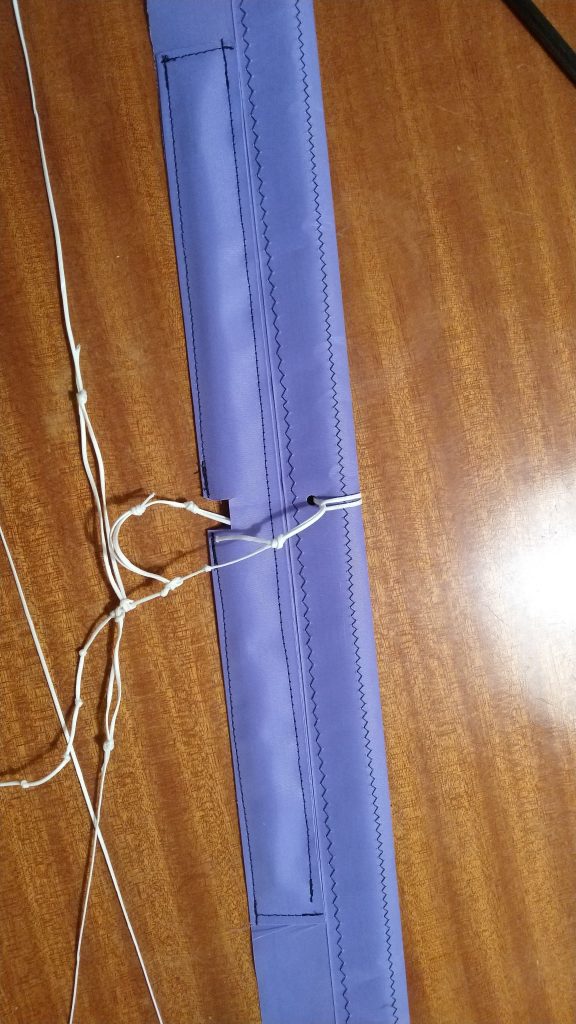
All that’s left to do now is to wait for another blustery day to find out what impact this leading-edge band batten will have in the flight characteristics. Will it stop the LE band being blown flat and will it remedy the inverted hover issue?
Stay tuned and you’ll soon to find out!




